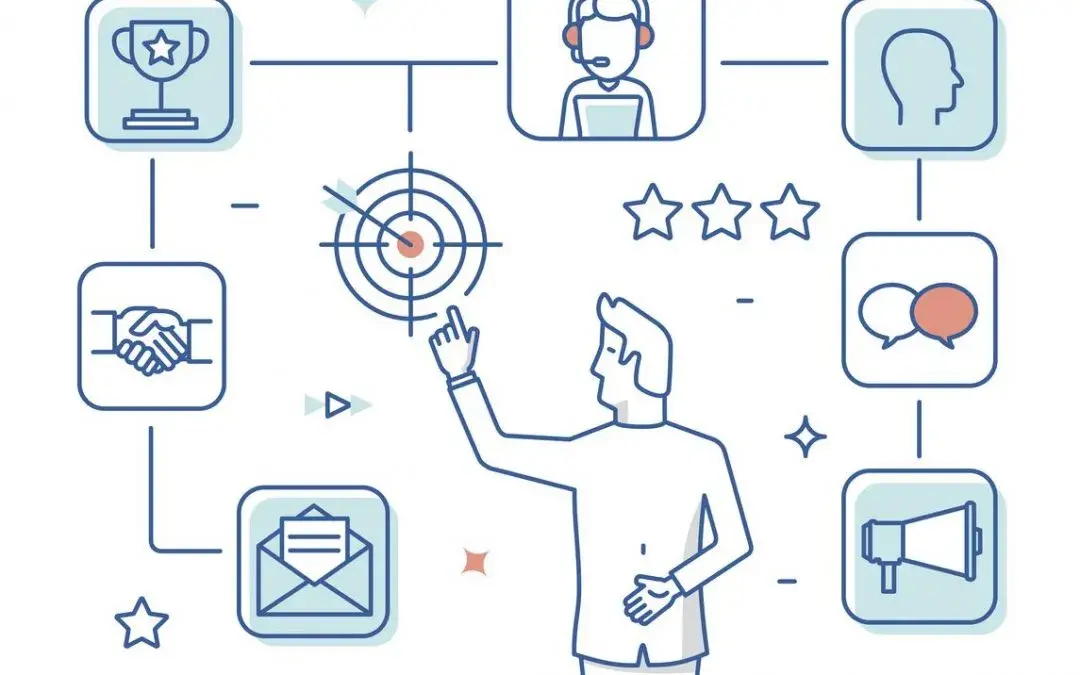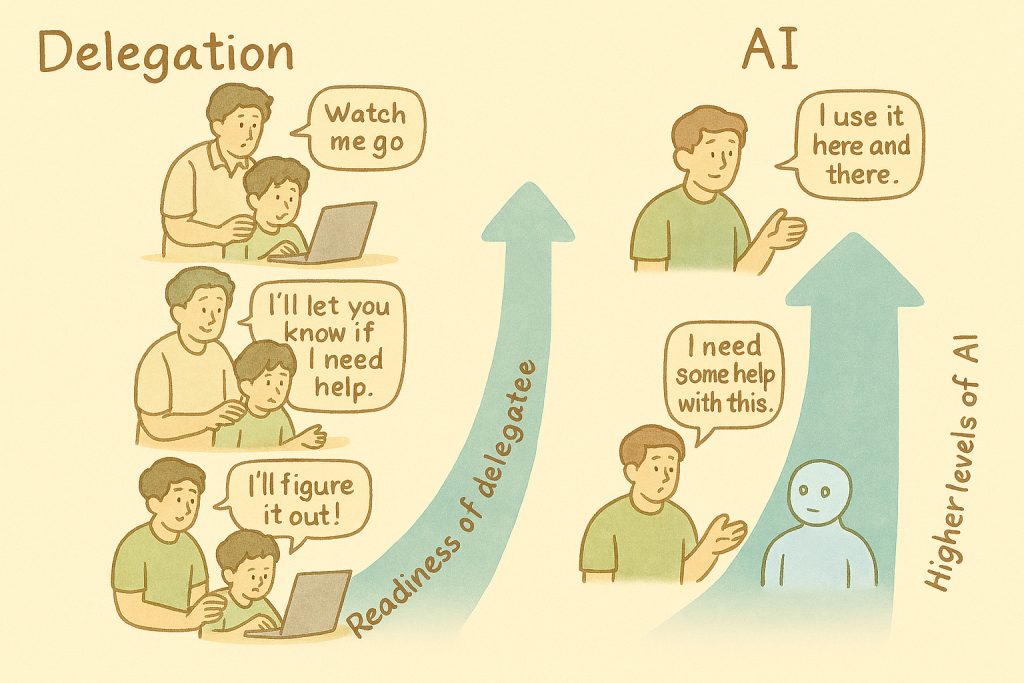A product’s success is usually decided by the strength and value of its features. Specifically what those features mean to the targeted customer. How to do we understand and enhance the value of a feature from customer perspective is what we will explore in this blog.
Let us call this exercise as FAB stands for Feature – Advantage – Benefit. FAB statements are very popular with Marketing and Sales teams as they use it to send right messages to the customers. Users are not much bothered about the features of a product, rather they look for the benefits, that is, what it could do to / for them.
Features could be explained in different ways. There are formats like User Stories, Use Cases, etc. Benefits are often expressed in terms of money saved or enhanced, time saved or enhanced, and/or reduction of risk. When the benefits of a feature is very clear, it is very easy for the stakeholders and / or Product Owners to prioritize them.
The broad framework looks like this:
Because it has…..FEATURE
User will be able to…..ADVANTAGE
What that means to the user is…..BENEFIT
This can also be reversed (BAF). The Benefit comes first, then the Advantage and then the Feature.
Example:
- Because our bicycle has a… “foam seat”
- Rider will be able to… “feel softer and more comfortable than sitting on a spring seat”
- What that means to the rider is… “less pain and longer pleasant rides”
Here clearly:
- The feature was “Foam Seat”
- The Advantage was “Softer than Spring”
- The Benefit was “Less pain and longer rides”
The reverse (BAF) would be:
- If you want protect your rear from pain on longer rides
- We recommend a softer and comfortable seat than a regular spring seat
- We offer a Foam seat
As we all know, product adoption increases when there is a clear answer to the question, “What is in it for me”, of the user! FAB (or BAF) framework, makes it obvious and gives a vivid picture of the benefits highlighting what is in it for them.
Another example:
- Because our Children Clothing range has… “Organic Cotton and Azo-free dyes”
- Your kids will be able to… “wear them any longer without side effects”
- What that means to you is… “the kids are safe and you are environment friendly”
Feature: Organic Cotton and Azo-free dyes
Advantage: wear them any longer without side effects
Benefit: the kids are safe and you are environment friendly
So, while building a product:
- Let us understand our target users’ needs / wants / fears
- Connect them with our features and
- Link them through competitive advantage
Have you used FAB or similar things? Please share your thoughts!
Previous Articles in Product Visioning series:
Product Visioning : https://pm-powerconsulting.com/blog/product-visioning-5-steps-scoping-software-projects/
Product Visioning: 1. Elevator Pitch: https://pm-powerconsulting.com/blog/product-visioning-elevator-pitch/
Product Visioning: 2.1 User Persona: https://pm-powerconsulting.com/blog/product-visioning-2-1-user-persona/
Product Visioning: 2.2 User Goals, Pains and Gains: https://pm-powerconsulting.com/blog/product-visioning-identifying-right-target-persona/
Product Visioning: 2.3 Building Hypotheses using Persona and their Goals, Pains and Gains: https://pm-powerconsulting.com/blog/product-visioning-2-3-building-hypotheses/
Product Visioning: 3.1 User Journey Map:https://pm-powerconsulting.com/blog/product-visioning-user-journey-map/




